Photo editing and image manipulation have taken on whole new dimensions thanks to Artificial Intelligence.
Gone are the days of struggling with complex software and hours of manual retouching.
AI photo editors, such as Photoshop Generative Fill, Stable Diffusion and Pincel, are powered by algorithms and deep learning, so they can transform your images literally with just a few clicks.
But, as with any tool, mastering AI photo editors comes with its own set of challenges and nuances.
As the founder of an AI company myself, I’ll share some invaluable tips to make the most out of your AI photo editing experience.
These rules apply to most or all photo editors out there, which enable the manipulation of images using text prompt inputs.
NB: this article is focused on AI image editing (modifying or improving existing photos), not AI image generation.
1. It’s a Trial and Error Process
Let’s get one thing straight from the start: AI rarely gets it perfect on the first try.
Whether you’re using a sophisticated AI-based generative fill tool or a simple filter generator, expect to enter the world of trial and error.
It’s all about experimenting with different prompts, fill types, and brush areas.
The initial result might not be exactly what you envisioned, but don’t give up.
Tweak the parameters and try again or simply fix smaller parts of the photo with Generative Fill.
That’s what all AI artists do.
More often, the magic lies in refinement.

2. Accept AI’s Imperfections
Artificial Intelligence, despite its astounding capabilities, is far from flawless.
Sometimes, it has a hard time understanding your image or the prompt you provide.
This can lead to AI-generated content that is utterly absurd and bears no resemblance to what you had in mind.
Don’t be discouraged; this is a part of the AI journey.
Sometimes, even the quirkiest results can spark your creativity in unexpected ways.
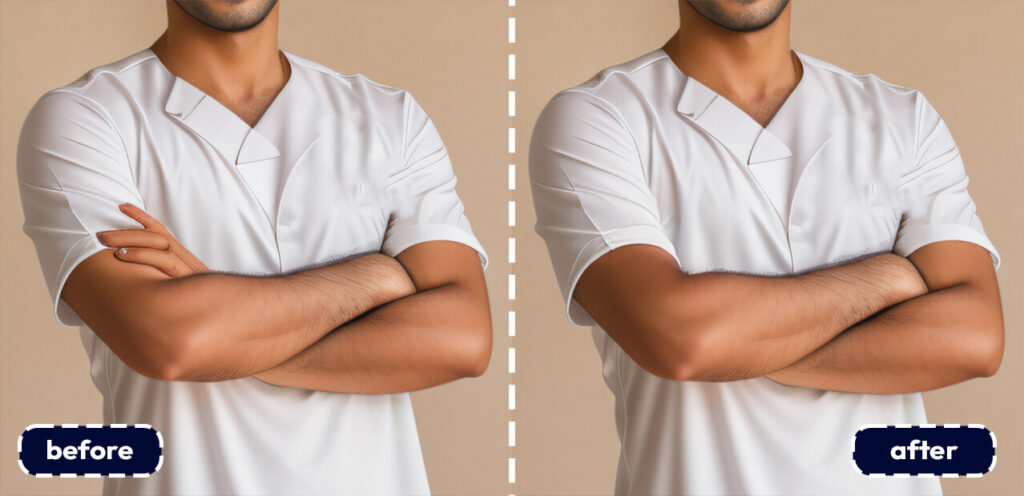
3. Know Its Limits
AI might be impressive, but it can’t comprehend the concept of every picture.
Some images simply defy its understanding.
Don’t be disheartened if AI struggles with a particular image; it’s not a reflection of your editing skills.
Instead, consider it a reminder that there are still some areas where human intuition and creativity reign supreme.
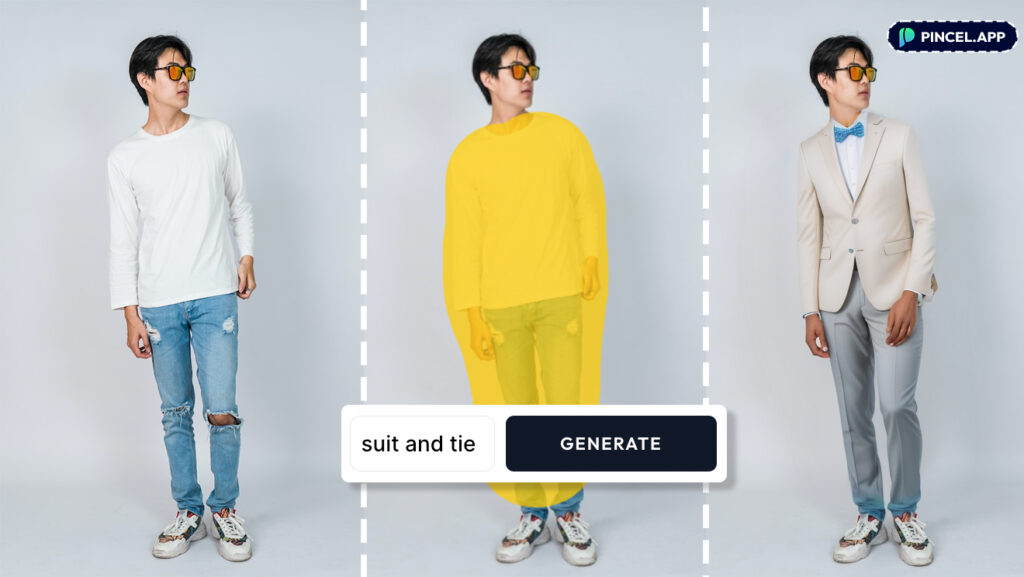
4. Square Masks Over Round Ones
When using masks to edit specific areas of your image, consider making them squarish rather than round.
This seemingly simple adjustment can make a significant difference.
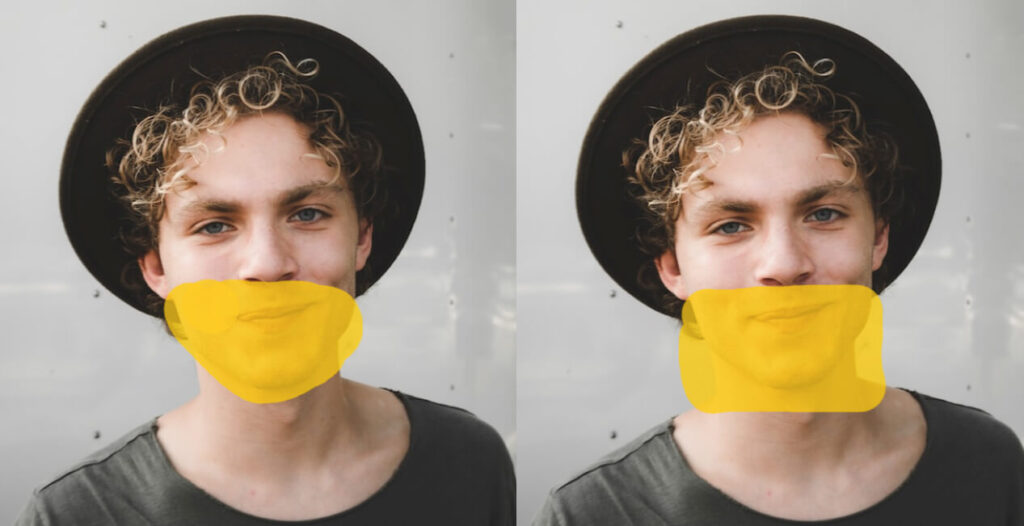
AI tends to have an easier time blending square masks, ensuring a smoother and more natural transition between edited and unedited portions of your image.
That’s especially true when changing clothes with AI.
5. Be Patient: Multiple Retouches May Be Needed
Perfection often requires patience. AI-generated edits aren’t always spot-on from the get-go.
Depending on the complexity of the image and the desired outcome, you might need to apply the AI’s magic multiple times.
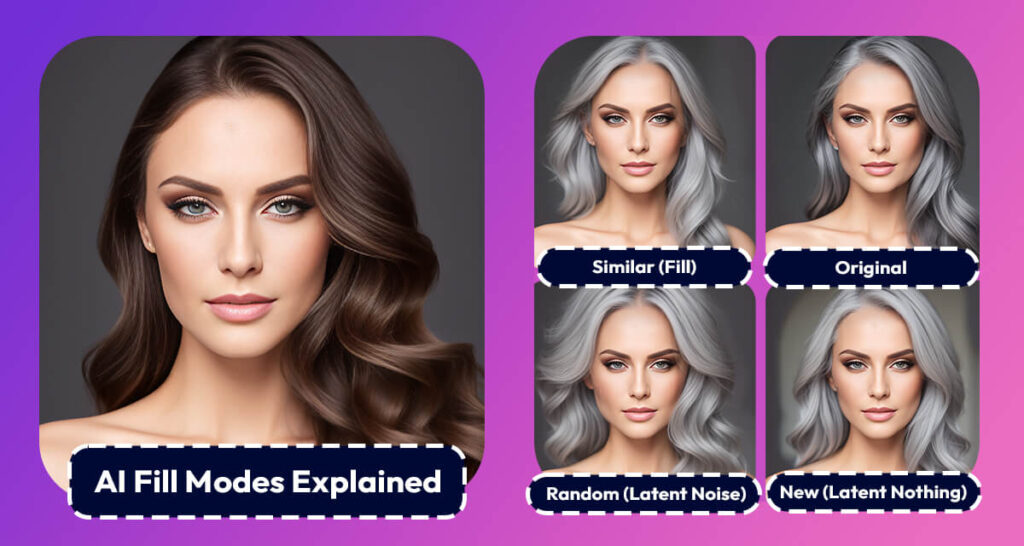
Or if you wish to add your face to AI photo, you might be extra sensitive to anything looking weird in the scene.
Don’t get frustrated if it takes more than 5-10 tries to achieve your ideal result. Each iteration can bring you closer to perfection.
6. Context Matters
AI needs context to work its magic effectively. If you’re replacing clothing on a person, for example, the AI must understand the context of the image.
Sometimes, it might struggle to grasp the exact body pose, resulting in inaccurate edits.
To mitigate this, opt for images with clear and straightforward contexts, especially when dealing with front-facing portraits of people.

7. AI is Biased
While AI photo editors offer remarkable capabilities, it’s crucial to recognize a significant issue that often lurks beneath the surface: bias.
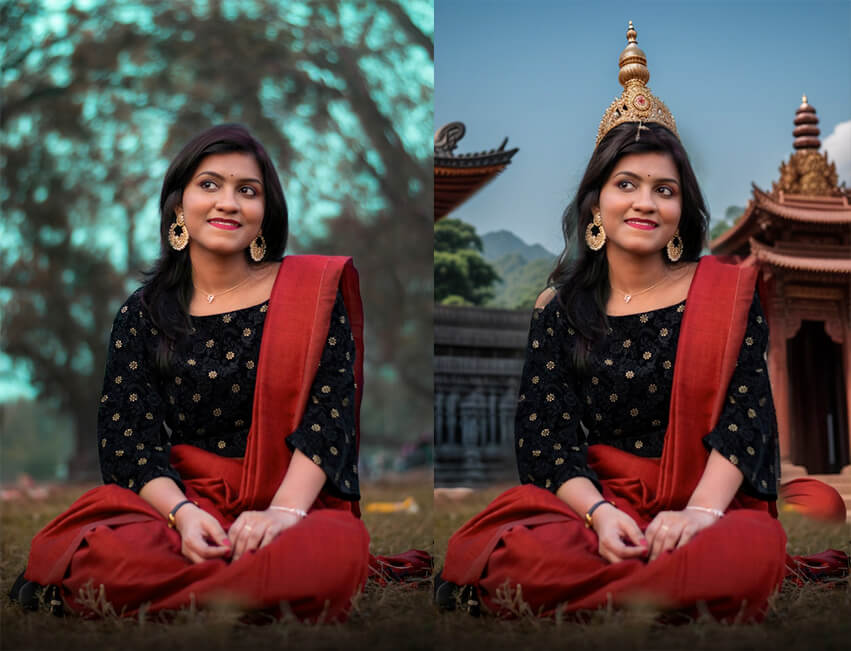
Artificial Intelligence systems, including those used in photo editing, can inadvertently perpetuate biases present in the data they were trained on.
Here’s why this matters and what you can do about it.
1. Data Bias in AI
AI models are only as good as the data they are trained on. If the training data contains biases, those biases can seep into the AI’s decision-making process.
For instance, if a model was trained on a dataset that predominantly features certain types of images or subjects, it may struggle to provide accurate results for less-represented categories.
2. The Impact on Image Editing
In the context of image editing, these biases can manifest in various ways. Skin tone biases are a well-documented example.
AI photo editors may inadvertently favor certain skin tones, leading to unnatural or undesirable results when editing photos of individuals with underrepresented skin tones.
In conclusion
AI photo editors are powerful tools that can elevate your image editing game to new heights. However, it’s crucial to understand their quirks and limitations.
By embracing trial and error, being patient, and providing clear context, you can harness the true potential of AI photo editors.
So, let your creativity run wild, and let AI be your partner on the exciting journey of visual storytelling.
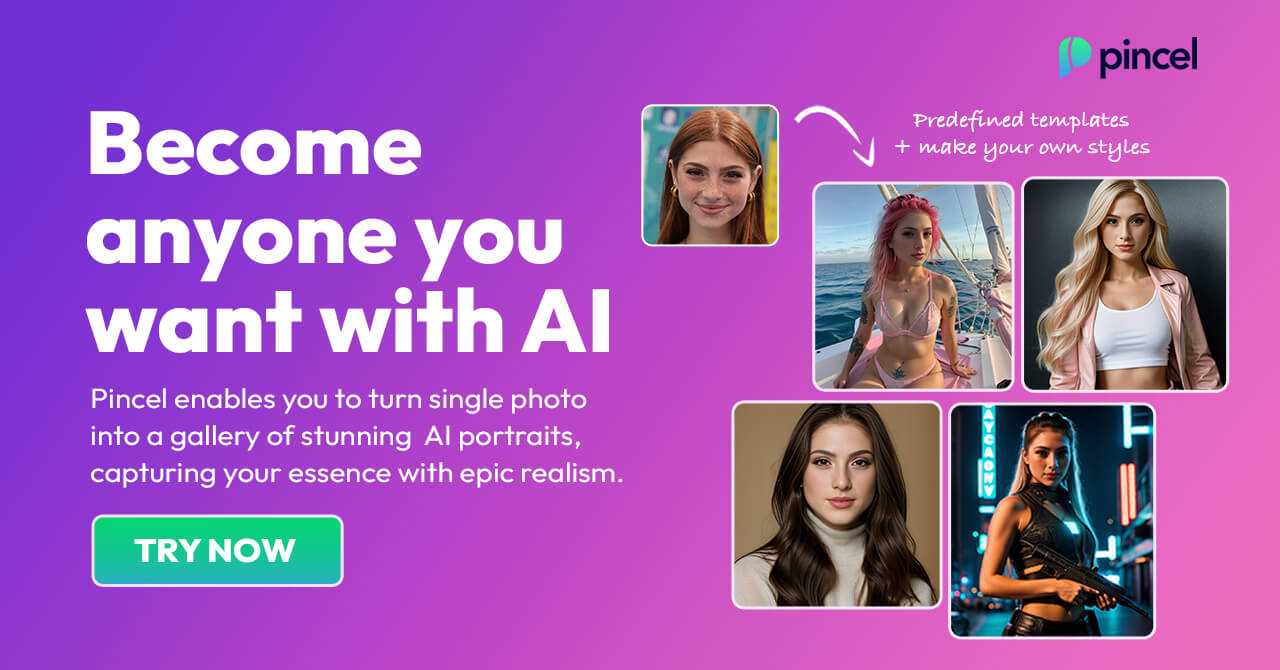
Frequently Asked AI Questions
What are AI photo editors, and how do they work?
AI photo editors are software applications that leverage Artificial Intelligence (AI) and machine learning algorithms to automatically enhance and manipulate digital images. They work by analyzing the content and context of an image, then applying various adjustments based on predefined rules or user input.
Can AI photo editors replace traditional photo editing software?
While AI photo editors are incredibly powerful and can automate many tasks, they can not replace traditional software for professionals who require granular control over every aspect of their edits. However, they are excellent tools for quick enhancements, creative edits, and saving time in the editing process along the way.
Why is bias in AI a concern when it comes to photo editing?
Bias in AI can lead to unfair or inaccurate results, especially when it comes to skin tones or underrepresented subjects. It’s essential to be aware of this issue and take steps to mitigate bias when using AI photo editors.
Are there any ethical concerns related to AI photo editing?
Yes, ethical concerns include issues related to privacy (especially when editing images of individuals without consent), the potential for misleading or fake images, and perpetuating harmful beauty standards. It’s essential to use AI photo editing responsibly and ethically.
Can AI photo editors be used for commercial purposes?
Yes, many AI photo editors are suitable for commercial use, including Generative Fill by Photoshop and Pincel. However, it’s essential to review the terms and conditions of the specific tool or service to ensure compliance with licensing and usage restrictions.
What is the difference between AI photo generators and photo editors?
AI photo generators create new images from scratch, while AI photo editors enhance or modify existing photos. Generators are for creating, editors are for refining and image manipulation.



